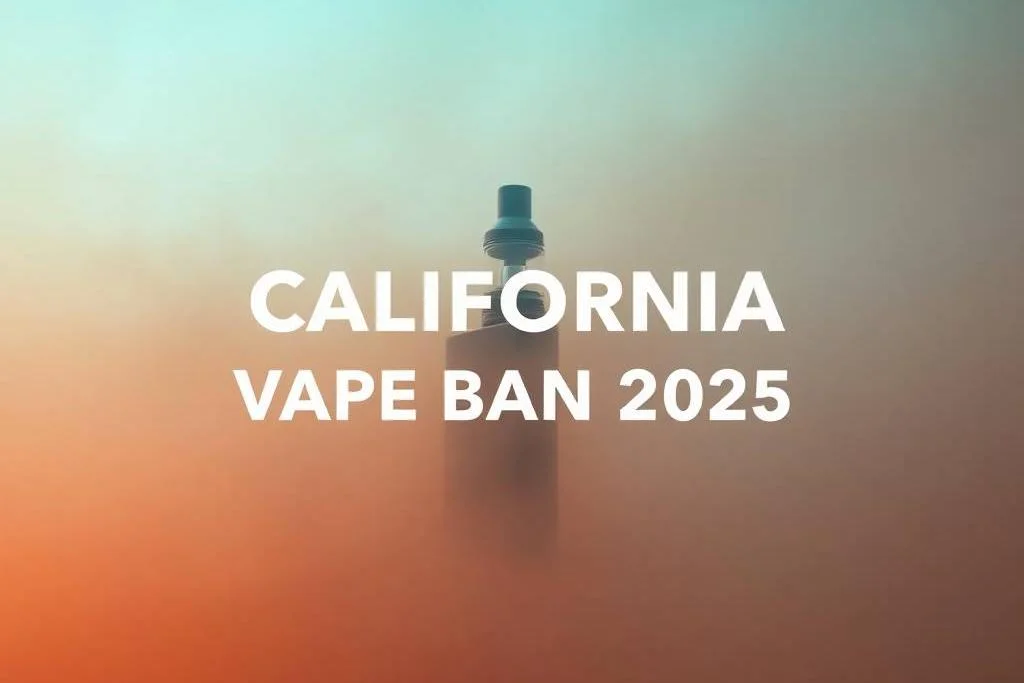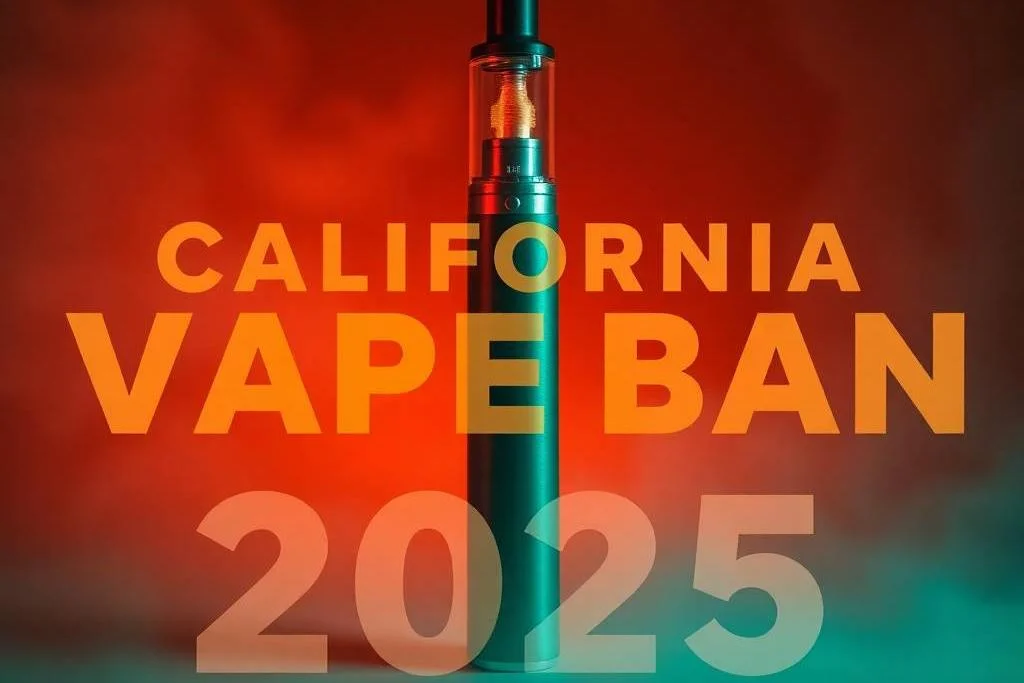A Comprehensive Overview for Retailers, Manufacturers, and Consumers
In 2025, California's new vape legislation marks one of the most significant regulatory shifts in the U.S. vaping industry. As flavored products face statewide prohibition, understanding what’s banned, who it affects, and how to comply is essential for both businesses and consumers.
🚫 What Is the California Vape Ban 2025?
The California Vape Ban 2025 refers to a set of statewide restrictions prohibiting the sale, marketing, and distribution of most flavored vaping products, both in physical retail and online. The law applies to nicotine-based products, including disposable vapes, refill pods, and flavored e-liquids.
Only tobacco-flavored and some unflavored products are permitted under strict packaging and age-verification regulations. This applies to all sellers, including vape shops, convenience stores, online platforms, and delivery services.
🛑 Why Did California Enact the Ban?
The legislation was driven by several factors:
Rising youth vaping rates, linked to the popularity of sweet and fruity flavors
Public health concerns around long-term effects of e-cigarette use
Advocacy from healthcare and education groups urging legislative action
Historical success in tobacco regulation that inspired similar strategies for ENDS (Electronic Nicotine Delivery Systems)
📦 What Products Are Affected?
The ban includes:
Flavored e-liquids (fruit, dessert, mint, candy, etc.)
Flavored disposable vapes (e.g., Elf Bar, Puff, Hyde)
Closed-system flavored pods (e.g., JUUL, Vuse, NJOY)
CBD and hemp-based flavored vaping products (under specific restrictions)
Tobacco-flavored products are still permitted—but under tighter regulations.
👥 Who Is Affected by the Ban?
Retailers: Must immediately stop selling banned products or face fines and license suspension
Manufacturers: Must reformulate or repackage products or lose access to the California market
Adult consumers: Must shift to limited product categories or seek legal alternatives
Cannabis and CBD users: May also face restrictions depending on product classification
🛡️ How Is the Law Enforced?
California's Department of Public Health and local law enforcement agencies conduct:
Compliance checks and store inspections
Undercover sting operations targeting underage sales
Fines ranging from hundreds to thousands of dollars per violation
Business license suspension or revocation for repeat offenses
Online platforms face penalties for non-compliant shipping and ID verification failures
✅ Are There Any Exceptions?
Yes, but limited:
Tobacco-flavored vapes are still allowed
Cannabis vape products sold by licensed dispensaries may be exempt under separate guidelines
Local jurisdictions may have additional or adjusted rules
However, virtually all flavored nicotine products are banned from general sale.
🔄 What Does the Ban Mean for the Future?
Increased demand for tobacco-flavored and unflavored alternatives
Growth in non-vape nicotine alternatives, such as pouches or heated tobacco
Black market activity may increase due to limited legal access
Potential for similar bans in other U.S. states following California’s lead
Retailers and consumers must stay proactive and adapt to the changing regulatory landscape.
📌 Conclusion
The California Vape Ban 2025 reflects the state’s aggressive stance on youth vaping and public health. While it poses challenges for the vaping industry, it sets a precedent for nationwide reform. Understanding what’s allowed, what’s not, and how to stay compliant is vital for businesses and users alike.
🧾 Summary
California’s 2025 vape ban restricts the sale of flavored vaping products statewide, allowing only tobacco-flavored options under strict guidelines. This guide helps businesses and vapers navigate the new legal landscape and stay compliant.